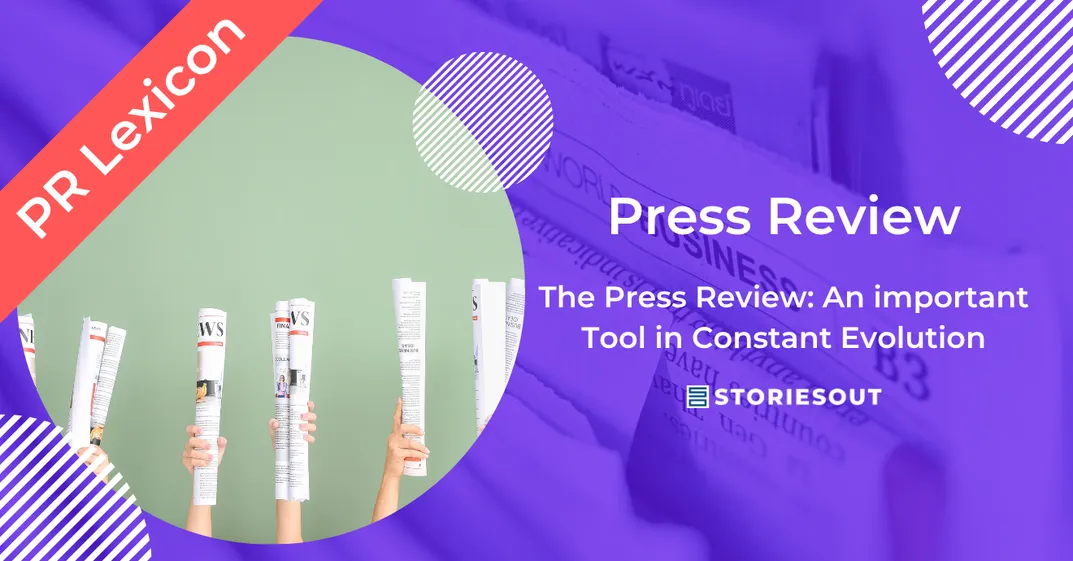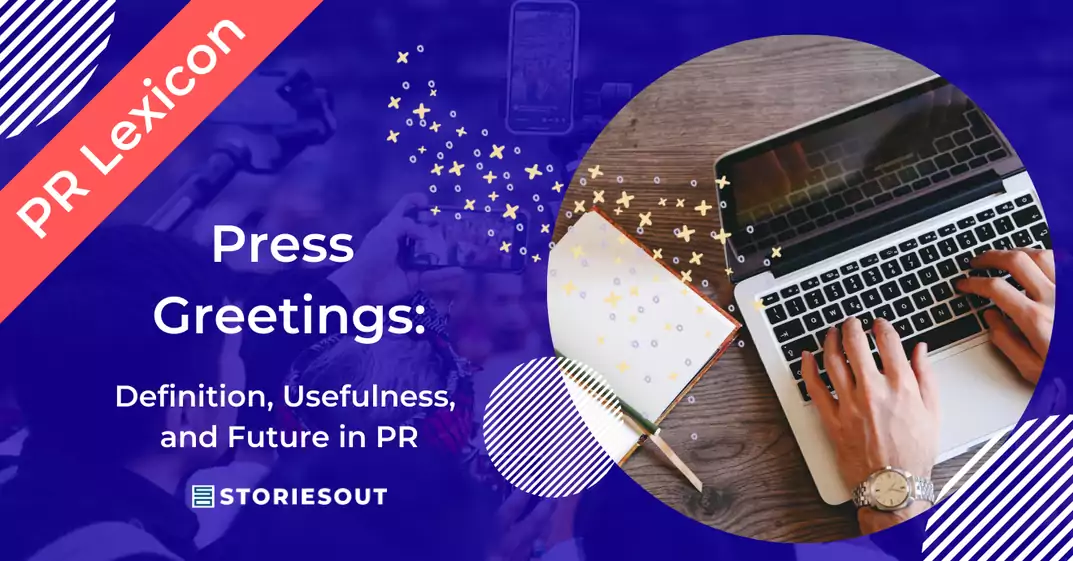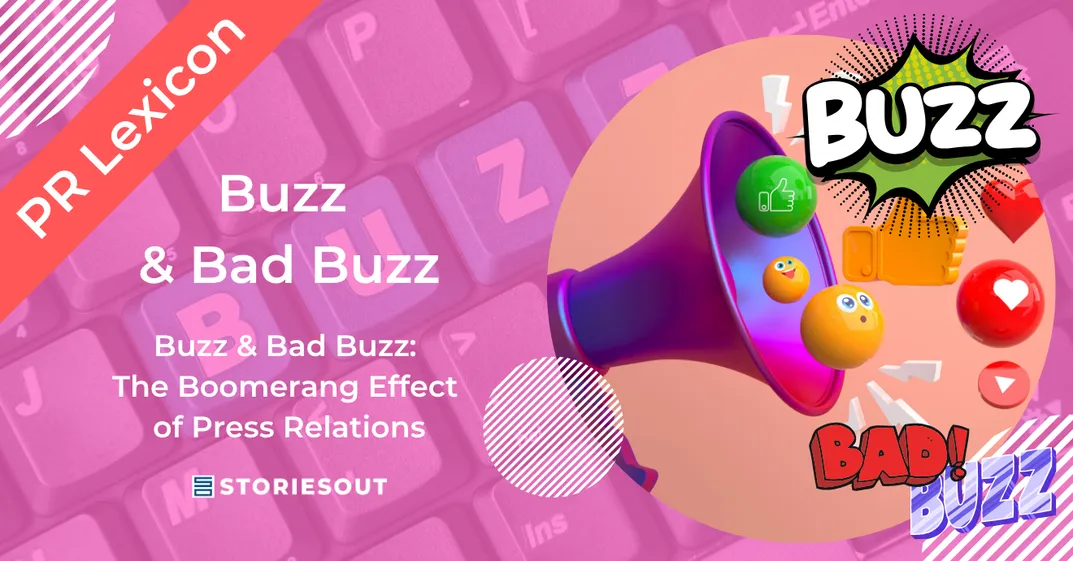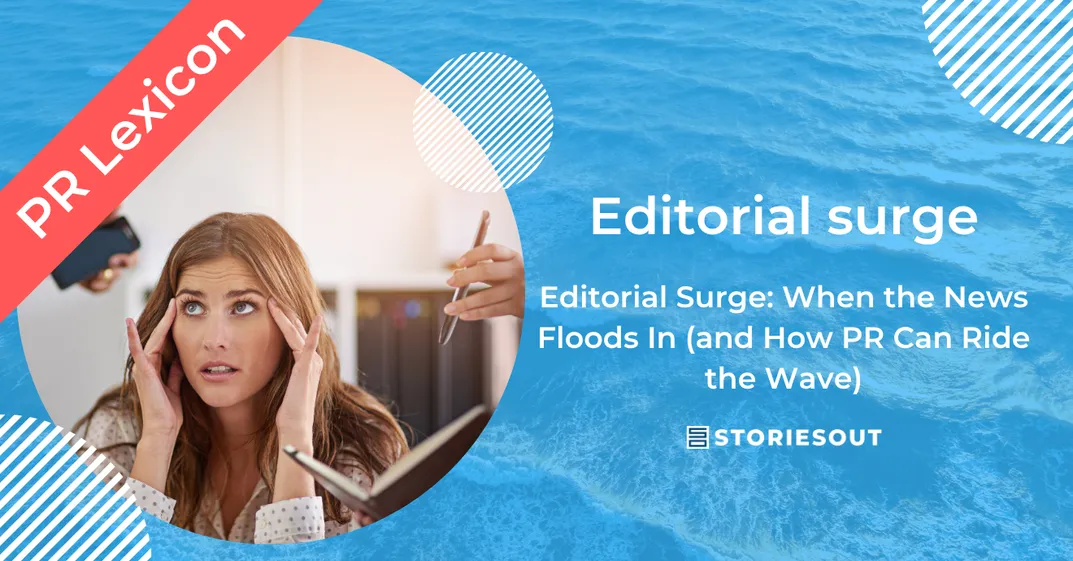1. Old Roots, a Simple Principle
The press review is almost as old as the press itself. As early as the late 19th century, government ministries, major companies, and political offices began compiling excerpts from newspapers to monitor public opinion, trends, or emerging controversies.
The core principle remains unchanged: to select, summarise, and organise media content (articles, interviews, op-eds, commentaries) around a specific topic, actor, or event.
2. What’s the Purpose of a Press Review?
- Efficient information tracking: A press review provides a quick overview of how a topic is being covered, without having to read everything.
- Contextualising news coverage: It highlights editorial angles, tonal differences, and the way narratives are framed by the media.
- Supporting communication strategies: By analysing media perception, organisations can refine their messaging and anticipate reactions.
In essence, a press review is a snapshot of the news, not of events themselves, but of how those events are interpreted and reported in the media.
And “snapshot” is key here: a press review has a limited shelf life and needs to be updated regularly to remain relevant.
Worth noting: this obsolescence was already a factor in the print and broadcast era. With the rise of digital media and information overload, it’s now a structural challenge.
3. Who Produces a Press Review and Who Uses It?
Press reviews can be compiled:
- Internally, by communications, PR, or media monitoring staff;
- By specialised agencies focusing on media intelligence;
- By PR teams themselves, especially within the top 10 PR agencies, where this is a standard deliverable.
But the real difference lies in who the review is for and how they use it.
Executive leadership
They view the review as an external perception indicator, helping adjust positioning, institutional messaging, or public communication strategies. A critical article in The Financial Times doesn’t carry the same weight as a glowing mention in a niche blog.
Spokespersons and senior management
They rely on the review to prepare speaking engagements, refine talking points, and anticipate sensitive questions. It’s a tactical briefing tool, often filtered by theme (“what’s being said about our products,” “what the competition is doing,” “emerging regulatory signals”).
Sales and marketing teams
They use positive media mentions to showcase PR outcomes in client decks, tenders, or internal performance updates.
Partners, investors, and shareholders
A targeted review helps build trust and informs strategic conversations. It signals that the brand is visible, credible, and active — or highlights where visibility needs to improve.
Public institutions and local authorities
Press reviews document the public impact of policy initiatives (grants, events, official announcements) and feed into activity reports. They’re also used to structure dialogue with elected officials or constituents.
PR agency clients
For them, the press review is often the most tangible proof of results. It anchors reporting and helps shape future strategy, a concrete deliverable with high symbolic value.
In short, a well-crafted press review is never generic. It must be designed based on its audience’s specific use cases. The goal is not to include everything, it’s to highlight what truly matters.
4. Why Is It So Valuable in PR?
Within a media relations strategy, the press review serves as a performance barometer:
- It measures earned media visibility after a campaign or announcement;
- It identifies which titles or journalists picked up the story, their tone, and potential reach;
- It provides a proof-of-impact for clients, who can immediately see the ROI on their PR efforts.
Some agencies also include a strategic commentary: which themes are gaining traction? Which journalists seem the most responsive? Where are the blind spots or silences?
5. Reinventing the Format of a Press Review in the Age of the Web
Digital media has transformed the press review:
- Content explosion: It’s no longer about curating 10 print clippings but sometimes 50+ digital links, spanning text, podcasts, and video formats.
- Real-time monitoring: Press reviews are no longer weekly summaries; they operate continuously.
- Digital impact tracking: Views, shares, comments, and backlinks now add another layer to how visibility is measured.
Some press reviews have become interactive dashboards, while others remain PDF-based digests, depending on the audience and the organisation’s needs.
6. What About AI?
Artificial intelligence is reshaping how press reviews are compiled:
- Automatic detection of brand mentions, keywords, or individuals;
- Semantic classification based on tone or media type;
- Natural language summaries, reducing editorial workload;
- Real-time translation of foreign press content.
That said, while AI is getting smarter, human analysis remains essential. It takes human insight to spot irony, editorial nuance, or cultural subtext.
An AI might tell you that you were mentioned. A good PR professional will tell you how you were perceived.
7. Conclusion: the Press Review, A Living Tool, Not Just a Formality
A press review is not just a Monday morning PDF or a checklist item. It’s a strategic intelligence tool, reflecting how a brand, a project, or a topic is portrayed in the media ecosystem.
In an era of instant reactions, complex media channels, and automated monitoring, the press review remains a powerful influence lever, but only if it is carefully curated, audience-aware, and smartly analysed.




